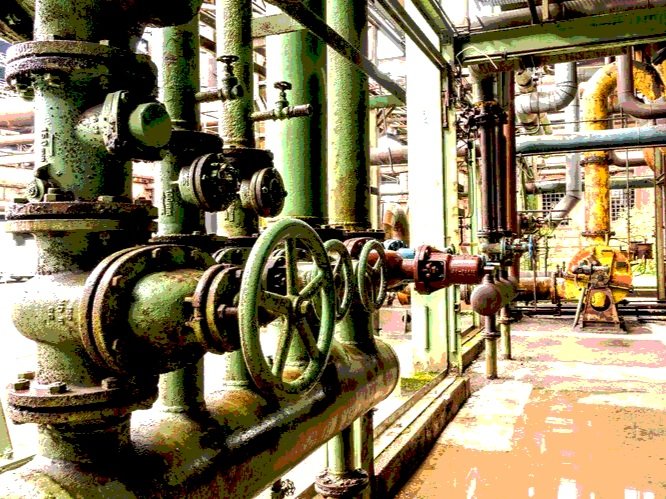Let's Face it, Condition Monitoring of Rotating Equipment is never Enough
Condition monitoring is a key part of most owner/operator’s APM (Asset Performance Management) strategy and rightly so. However, in many cases, the overall strategy does not go much further than what can be achieved via traditional condition monitoring approaches. Condition monitoring as is popularly understood in the industry is an approach that monitors significant changes to certain operational parameters. For rotating equipment, this is typically shafted axial displacement and radial vibrations as well as temperatures. The essence of this is to use this information to try to predict a developing fault, with the aim of addressing it before it develops into a major failure and shutdown. Condition monitoring is therefore a key component of predictive maintenance strategy.
LIMITATIONS OF THE CONDITION MONITORING PICTURE
The benefits of standard condition monitoring approaches are established and well known but is this methodology enough for the standards of operational excellence expected of oil and gas assets today? Even in previous, more traditional times, standard condition monitoring was never enough.
While condition monitoring may be able to identify that something is wrong or about to go wrong with the equipment, it may not convincingly tell you why the problem developed in the first place. It also may not tell you what design and operational changes need to be implemented to address the root cause of the problem.
In my experience, this can sometimes lead to maintenance teams adopting an approach of simply changing out damaged or damaging parts with new ones of the same design and operational philosophy, only to repeat the cycle of the problem again after a few months. In order to provide more answers to the questions, our condition monitoring approaches must be augmented with robust performance monitoring approaches.
AN UNDERRATED ENHANCER THAT IS OFTEN NEGLECTED
Performance monitoring, though less well-known and sometimes lumped under the umbrella of condition monitoring, is essential in order to have an expanded picture. Performance monitoring, unlike condition monitoring, focuses on analyzing the deviation of the equipment from pre-defined performance benchmarks e.g. as-tested or as-built performances.
Things usually start to go wrong in the performance monitoring picture much earlier before they show up in the condition monitoring one and therefore help potential problems to be addressed earlier at much lower costs and without as much interruption to production. For example, a power-limited gas turbine-driven compressor train may be having high vibrations and indicate that something is wrong in the condition monitoring picture. However, adding the performance monitoring picture may indicate the gas turbine has lost 5% of its power capability due to fouling and is therefore unable to provide enough power to get the centrifugal compressor away from operating in proximity to the surge region. The GT may therefore need an offline water wash as soon as possible to restore performance. You get the picture.
GOING FOR GOLD
Even with a robust APM strategy that involves strong condition and performance monitoring approaches, it may not be enough for the current expected standards of operational excellence in a world of rapidly growing IIOT (Industrial Internet of Things) technology.
Progressive operators/owners are beginning to evolve their traditional APM approaches towards APM 4.0. APM 4.0 integrates the approaches of Industry 4.0 (Industrie 4.0) into asset performance management and will therefore include elements such as:
Prescriptive analysis
Machine Learning
Smart connected assets
IIOT (Industrial Internet of Things) platforms
Digital Twin technology
Industry best practices in operations and maintenance
The adoption of this technological transformation on APM strategy will make it possible to gather and analyze data across equipment and assets on a much more advanced and beneficial scale, enabling faster, more efficient, and flexible processes in order to enhance productivity and reduce costs. From our experience, an increasing number of asset owners/operators are beginning to enquire, test, and implement these systems more.
How are you seeking to get more out of your APM strategy and condition and performance monitoring approaches? What areas would you like to see in current systems and approaches? Feel free to leave your comments and questions below.
Bibliography
APM 4.0: Redefining Asset Lifecycle for Industry 4.0 by Jason Kasper and Dan Miklovic (LNS Research)



